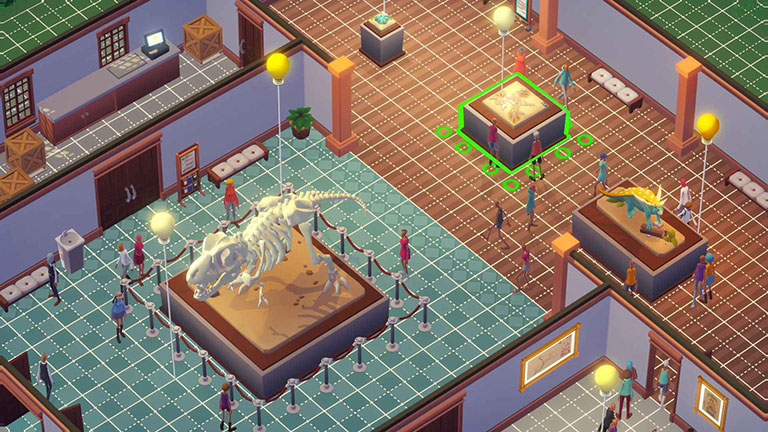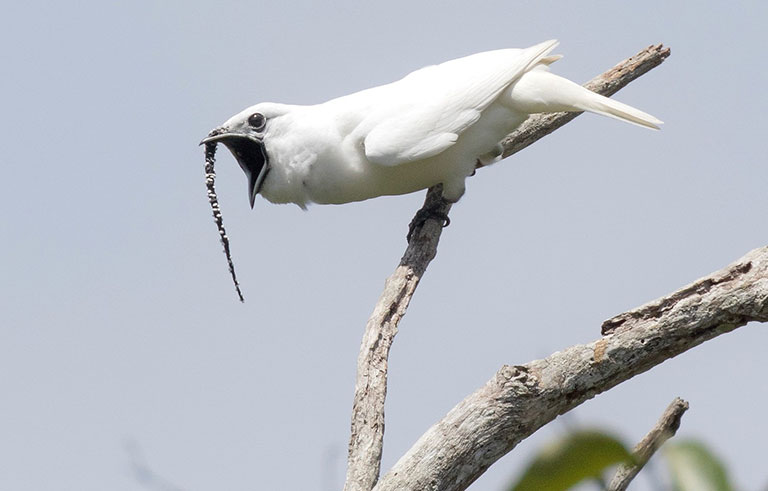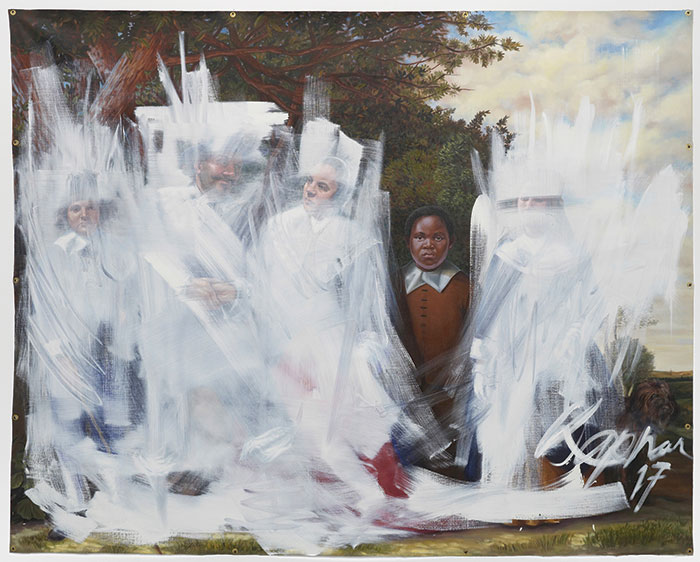

O Christmas tree
Some of the country’s first Christmas tree farms could be found in Indiana County, Pennsylvania—as early as 1918. By 1960, more than 1 million trees were harvested there. Today, the Commonwealth still boasts 31,577 acres of working Christmas tree farms. The only bigger producers: Oregon, North Carolina, and Michigan.


Building the museum of your dreams
In a Sims-like simulator game, Mondo Museum, coming in 2020, players will construct and curate their very own museums. Although education isn’t the primary focus, part of the fun is teaching players how museums work, and how placing art and artifacts next to each other can contextualize history and tell stories. Players, for instance, can combine models of the solar system with artifacts from ancient Egypt to show how Egyptians were masters of astronomy. No security guards needed, but players will hire their own researchers, conservators, and docents, and be tasked with managing the daily wear and tear on their exhibits.


Star light, star bright
If you can brave the cold, stargazing is at its best on crisp, clear winter nights when there’s no humidity in the air. That’s when the largest and most dramatic constellations come out— Gemini, Monoceros, and Orion the Hunter. Look to the left of Orion for a group of stars sometimes called the Winter Triangle: (clockwise) Betelgeuse, Sirius, and Procyon.


High call volume
To woo females, male white bellbirds scream at volumes as loud as a rock concert, a new study in Current Biology finds. The bellbird’s call, the world’s loudest, reaches an insane 125 decibels. Researchers Jeffrey Podos and Mario Cohn-Haft trekked deep into the Amazon rainforest to record these serious sets of pipes, determining the bird’s call is at least 9 decibels louder than the previous record holder, the screaming piha.


Among the work Project Reset discussed in class: Shifting the Gaze by Titus Kaphar.
Jail or art class?
New York City’s Project Reset is giving people arrested for low-level offenses—think painting graffiti, shoplifting, and trespassing—the choice of incarceration or a two-hour art course at the Brooklyn Museum. “It’s about holding people accountable, but doing it in ways that promote human dignity,” said Brooklyn District Attorney Eric Gonzalez. Program participants are asked to look at art, talk about it, and even create their own artwork. Launched in the spring, the program has already enrolled 200 people and led to the dismissal of their court cases.
Titus Kaphar, Shifting the Gaze, 2017, Brooklyn Museum, William K. Jacobs Jr., Fund © artist or artist’s estate. Photo: Courtesy of Jack Shainman Gallery
Receive more stories in your email
Sign upTags:
Where Art & Science Meet